With today’s article, we welcome Robert Michael Oliver as he inaugurates his new column SPINE: Theatre, Culture, and History in the Belly of the Beast on DCMetroTheaterArts.
Anacostia Is the New Downtown
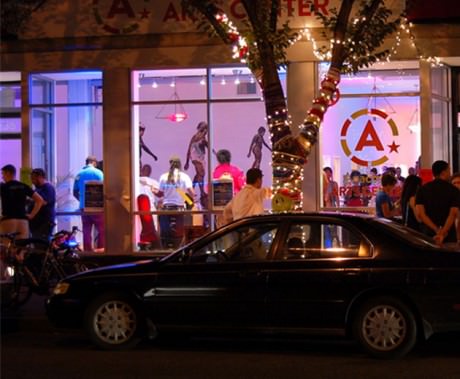
I recently had the pleasure of attending (not as a critic) a preview performance of Factory 449’s production of The Amish Project at the new Anacostia Arts Center. Putting the show aside for a moment (it was great by the way!), the venue and the surrounding neighborhood brought back memories of DC theatre during its tranformative years, circa 1980. The Anacostia Arts Center joins the Anacostia Playhouse as the latest performance venue in DC’s newest burgeoning, revitalizing (or as some might say, “gentrifying”) neighborhood (The multi-venue, multi-million dollar public/private facility, The ARC, opened 10+ years ago at 1901 Mississippi Avenue, SE). Like the Anacostia arts district’s predecessors, the Downtown DC and 14th Street Arts Districts, this intersection of Good Hope Road and Martin Luther King Jr. Boulevard is using the arts as the pathway to neighborhood renewal.
Ironically, this Anacostia community is also suffering through the same pained conceptions as its predecessors did during the 1980’s, the beginnings of Washington’s theatrical renaissance. Most theatre-goers are afraid to go where many theatre artists dare to tread.
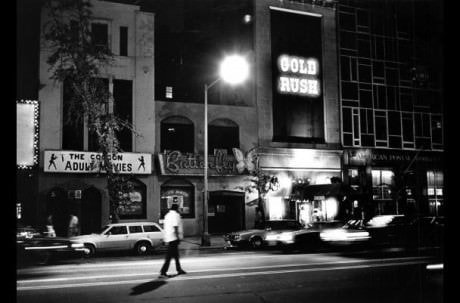
Much has been written about this phenomenon. Theatrical pioneers (and other artistic pioneers as well) venture forth to settle (put on a show) in the urban “wild west,” or in this case East of the River. In the 1970s and 80s “the wild west” was most of DC east of Rock Creek Park. Then, as now, these neighborhoods are predominately poor, person-of-color communities, and for decades the engines of cultural imaging have branded these worlds as dangerous, sensationalizing their higher than average crime rates to mythologize their real and enduring struggles. The communities do indeed struggle to survive, and when the performing artists (and visual artists, etc.) move in these newcomers struggle as well, despite the fact that their shows are some of the most dynamic and inventive in the city.
Decades ago, audiences West of the Park and in the suburbs limited their theatrical fare to the newly opened Kennedy Center, and occasionally they ventured north of the Mall and Freedom Plaza to visit The National Theatre: its 1971 presentation of Hair temporarily brought life to a Washington Downtown that died every evening at six o’clock. In fact, The National itself “died” for a while as audience just would not come. During those dreary days, Downtown was known more for its X-rated “Art” houses than its Shakespeare and Woolly theatres. In fact, Shakespeare’s Lansburgh building was then inhabited by a pioneering GALA Hispanic Theatre, which even brought in AlternateROOTS’ affiliated Carpet Bag Theatre from Knoxville for a short tour.
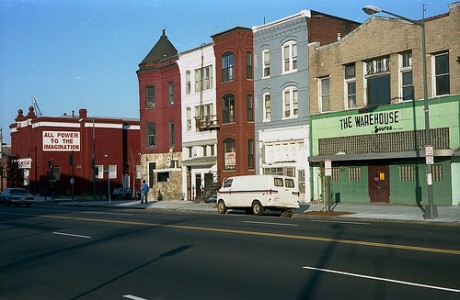
Studio Theatre and a then-bustling Source Theatre, founded by the late Bart Whiteman, (plus, Living Stage, JavaRama, Theater Du Jour), owned 14th Street, then known more for its post-1968-MLK-assassination riot’s burned out buildings, sketchy street traffic, and beaver-sized rats than its hipsteresque clubs and bars. In fact, Bart understood early on the importance of creating a meta-theatrical experience for theatre goers. He produced so many shows each month at his Source, Warehouse, and Resource-he even ventured Downtown for an outdoor alley theatre production of Geothe’s Faust-that his critics began to think of Source more as a factory outlet than as a cultural institution. Despite the critics, however, and despite whatever issues arose over royalties-or lack thereof, the result transformed 14th Street. Source, Studio, Woolly, New Playwrights’, GALA, Theatre du Jour, New Arts, Sanctuary, & Moving Target Theatres fanned out along the 14th Street corridor; the constant presence of performance theatricalized the neighborhood and turned danger into a Washington hotspot.
And I hope today’s theatrical pioneers venturing into Anacostia’s developing neighborhood will achieve no less.
The DC of today is different though.
On the one hand, the DC of today is nowhere near as dangerous as it was during the turbulent 1980s, when the end of the decade saw the violence of the crack cocaine turf-wars and cheap weaponry flooding the inner city as the Cold War wound down, bloom in all its glory. I still remember coming out of a performance of my Sanctuary Theatre’s Tree Climber by Tawfiq Al Hakim only to see police swarming the neighborhood looking for a man with a machete (and the hand it had cut off). By those war-torn standards, today’s District is a City on a Hill.
On the other hand, Richard Nixon’s dream of an international city with a cultural scene augmenting its world-class talking heads and political actors is now a reality. The arts’ renaissance is in full swing: thus, where art and artists used to be seen as scruffy and dissidently dangerous and best kept contained (and at arm’s length) by the elites, now art and artists are viewed as cool and celebrity hip. Where once the allegiance between art and commerce was tenuous at best, now business leaders see nothing better than having a troupe of underpaid performers lend their stamp of approval to a new venture.
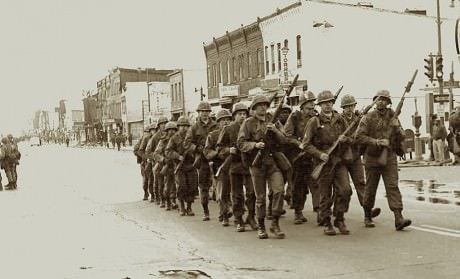
Without going into issues of displacement that take place whenever gentrification and economic revitalization occur, one question facing Anacostia and its rejuvenation efforts is do business leaders have enough patience in today’s instant gratification/safety first world to wait for audience attitudes about East of the River to change? It took a good ten years for 14th Street to begin to be seen anew after being devastated during the riots of 1968. Will Anacostia be given that long?
The bottomline is: the Anacostia arts scene deserves our theatre-goers’ attention. Not only is the Anacostia Arts Center a fun architectural treat and the Anacostia Playhouse just around the corner, but their newly hewn, “rough” spaces aren’t nearly as rough as what other pioneers had to settle for decades ago. Hell, the chairs are comfortable enough, the bathrooms are pristine, the professionalism is just as high, the price is more than right, and the rats are no where to be seen.
LINK
Robert Michael Oliver’s website.


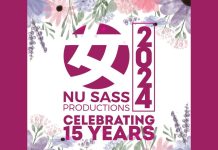


Delightful to see that not everyone is missing the amazing Arts Renaissance movement that is emerging in Anacostia…Perhaps those of us fortunate enough to experience should bask in these moments while we can enjoy it and still find a place to park!! Even that is at a premium when something is going on!!
thank you! Anacostia is a great place.
Touché Nice article. Thanks for stroll down memory lane. While I remember the Source, the old H St Playhouse and Folgers, it is so nice to attend an event in your own neighborhood.
The new Art presence in Anacostia is wonderful.
Red Rabbit White Rabbit at the Anacostia Playhouse, Wednesday Jazz nights at the Art center, The Blackbirds and Bobbi Humphrey at The Arc. I can’t wait to see what’s next because I know its ok to hangout in Anacostia!!!
I’d like to see a monthly Sunday matinee for our young people and their families. We were introduced to the theater when WPAS and Folger’s Shakespearean partnered with Brent ES back in the 90’s.